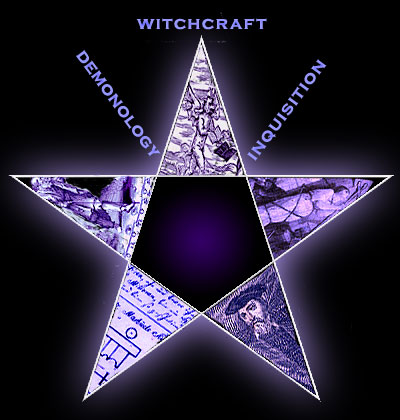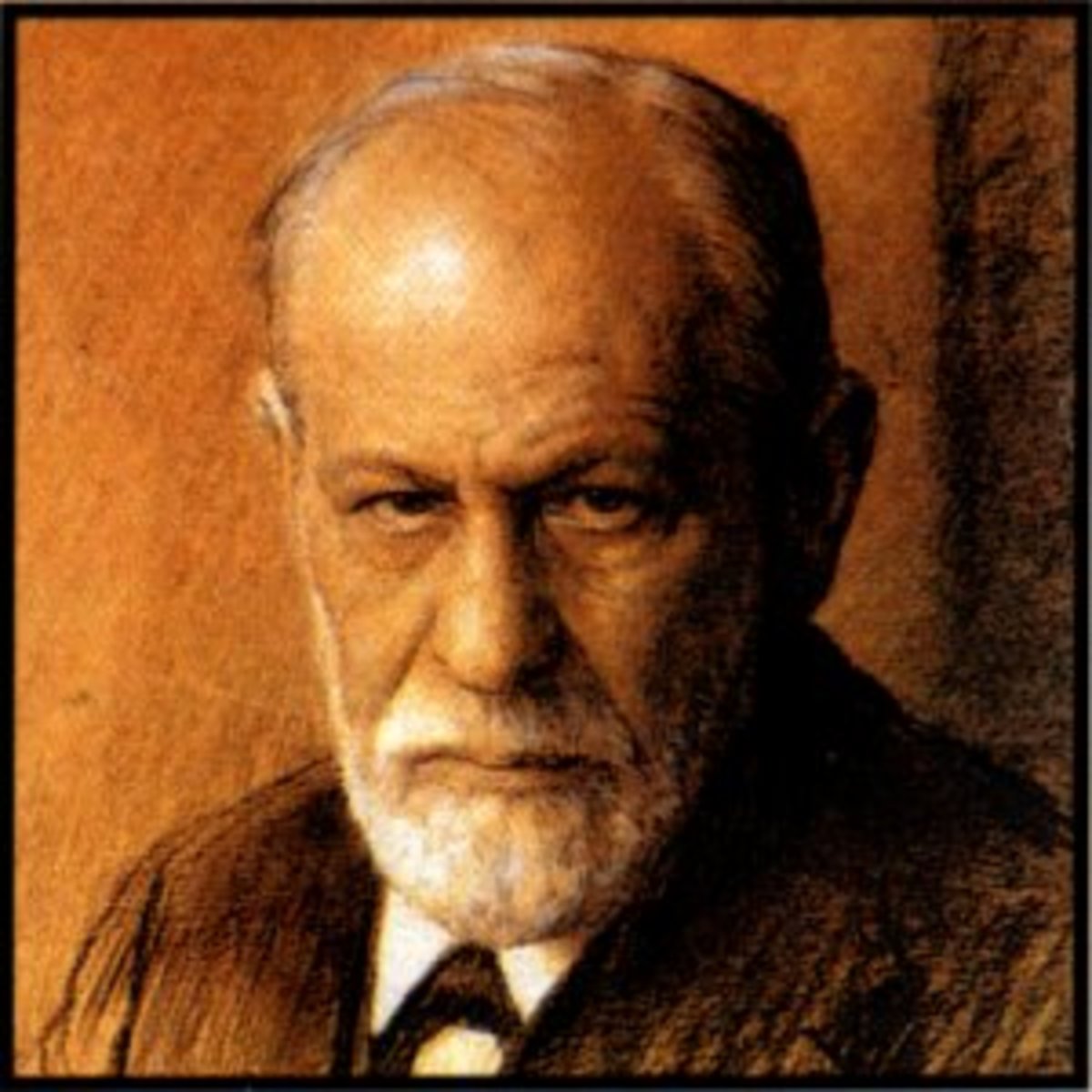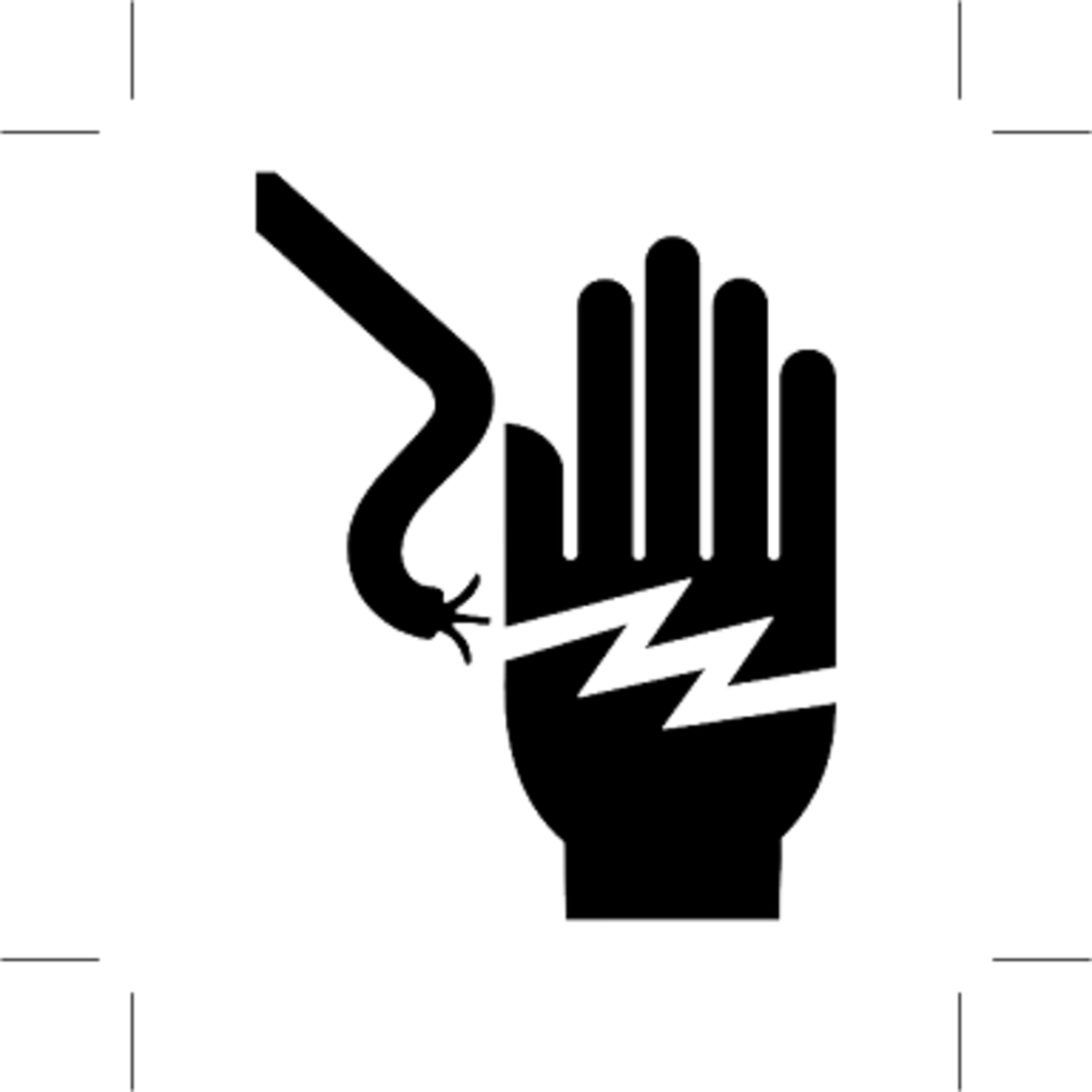Psychopathology

Witchcraft or Mental Illness?
Psychopathology
Originally, those with mental illness were thought of as witches. As witches they were imprisoned or tortured. St. Vincent de Paul placed his life in danger by his declaration that mental illness and physical illness are comparable. He further requested as Christians, the people should treat the two equally. The founder of modern psychopathology, Johann Weyer began his studies as physician. Emil Kraepelin in 1883 influenced the biological view, through his text Compendium der Psychiatric. The book referred to pathology of the brain in mental disorders and devised a system to classify mental disorders, the beginning of what is known today as DSM-IV-TR. Research taught him about patterns in symptoms and manifestation of mental illness through the patterns. He viewed disorders much the same way as physicians view the measles, with a predictable course of illness. Freud developed a psychopathology theory through psychodynamics. From his studies hypnosis, and psychoanalysis developed as a treatment for mentally ill patients.
Evolution
Throughout the nineteenth and twentieth century the field continued to develop as a result of humanitarian and scientific advances. During this time, mental patients became accepted as stricken with an illness and we provided required assistance. Knaepelin developed a system to clarify psychiatric patients. He also contributed to the establishment of the importance of brain pathology, which aided family as well as individuals. Freud developed the theory of psychopathology. Currently the field of psychopathology is undergoing a new development as the DSM-IV is revised (Alloy, 2005). Mesmerism proceeded Freud’s work in understanding of mental disorders.
Over a span of fifty years, he observed, treated, and developed the psychopathology theory, known as psychoanalysis. The theory placed emphasis on unconsciousness. His theory evolved into new psychoanalytic perspectives. In the last part of the nineteenth century this branch evolved from experimental to clinical psychology as a means of intervening with abnormal behavior. Behaviorism, through Pavlov’s work in the laboratory furthered treatment for disorders. Gradually mental patients have been accepted as requiring medical attention. Application of biomedical methods into treatment as well as additional research into sociocultural, biological and psychological roots of psychopathology increased. William Tuke, Benjamin Rush, Philippe Pinel, and Dorthea Dix furthered awareness and acceptance (Alloy, 2005).
Theoretical Viewpoints
Several psychologists attempt to theorize about abnormal behavior; originally, Freud’s psychoanalytic theory was the explanation. He attempted to explain abnormal behavior focusing on questions dealing with the libido. Freud’s daughter Anna’s theory emphasized the ego-defense reactions in abnormal as well as normal behavior. Bowlby’s theory of attachment defines how abnormal child development leads to psychopathology in adulthood. Those supporting interpersonal perspective support the development of an interpersonal functioning system for use in diagnosis. The new system, they believe would aid in validity and reliability of the diagnosis. The perspective focuses on cultural and social aspects as defining behavior. Behavioral theorists attribute learning or failure to learn behavior to the development of abnormal behaviors. Cognitive behavioral theory explains abnormal behavior by concentrating on distorted processing of information and thoughts. Distorted thoughts are responsible for leading to behavior and emotions that are maladaptive. Schemas developed negatively in childhood result in abnormal behaviors later in life (J. Butcher, 2010).
Biological, Psychosocial, and Socio-cultural Models
As early as the 18th century, physiology, anatomy, chemistry, neurology, and medicine advances assisted in understanding as well as identification of how biology affects mental and physical conditions. During the 19th century, biology assisted in treatment and understanding of psychopathology. The discovery of syphilis of the brain’s underlying organic factors contributed to the understanding of mental illness (Alloy, 2005). Through biological studies a determination arrived at concerning how biology affects the development of mental disorders. Abnormalities within the hormonal and neurochemical systems, as well as vulnerabilities in genetics, temperament, and neural plasticity and brain dysfunction must be considered as impacting developmental process (J. Butcher, 2010).
When diagnosed, patients with an Axis IV present with environmental and psychosocial problems to include occupational, social, environmental and other problems occurring outside of them. Bipolar patients are particularly vulnerable to psychosocial stimuli than other patients. Sociocultural viewpoint focuses on how the sociocultural aspects contribute to mental disorders. For instance behavior is reliant upon the environment the person spends their time in throughout their lifespan. According to this society is responsible for the manifestation of mental disorders (J. Butcher, 2010).
Conclusion
The development of psychopathology may be a result of behavior, socio economic background, or simply genetics. Diagnosis of disorders has evolved throughout the years. Determination of the origination of psychopathology has yet to be determined, although several factors to include psychosocial, sociocultural, biology have accepted the disease and are able to assist using that knowledge in diagnosis and possibly treatment options. Freud initially determined which of his patients were mentally ill and which were placed in his care. Several schools of thought or theory exist to determine the causes of psychopathology, behaviorists, psychoanalysts, and theory of attachment. Biological, psychosocial, and sociocultural methods of defining mental disorders can work together for determination of mental illness. Over all, the discussion ends as most have since entering a field of psychology and begins with someone asking about the evolution of the disease, the progression, and treatment. Treatment has developed into some outpatient treatment instead of patients living in substandard living conditions away from family and friends.
References
Alloy, L. R. (2005). Abnormal psychology: Current perspectives (9th ed.). Boston: McGraw-Hill.
J. Butcher, S. M. (2010). Abnormal psychology (14th ed.). Boston: Pearson/Allyn and Bacon.








